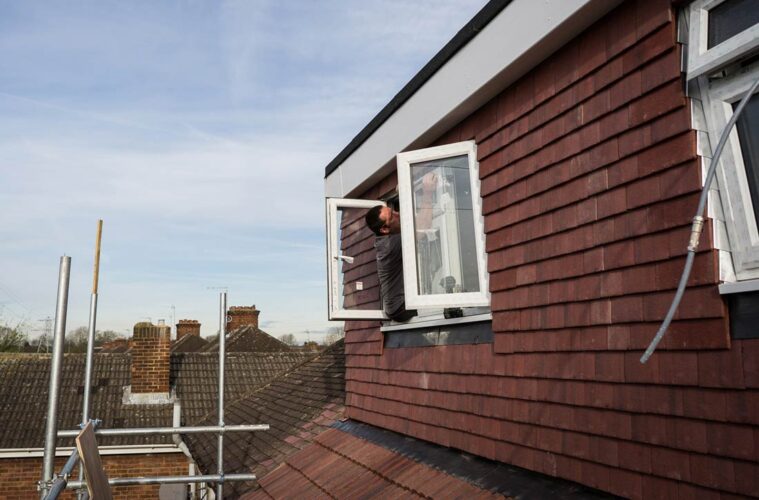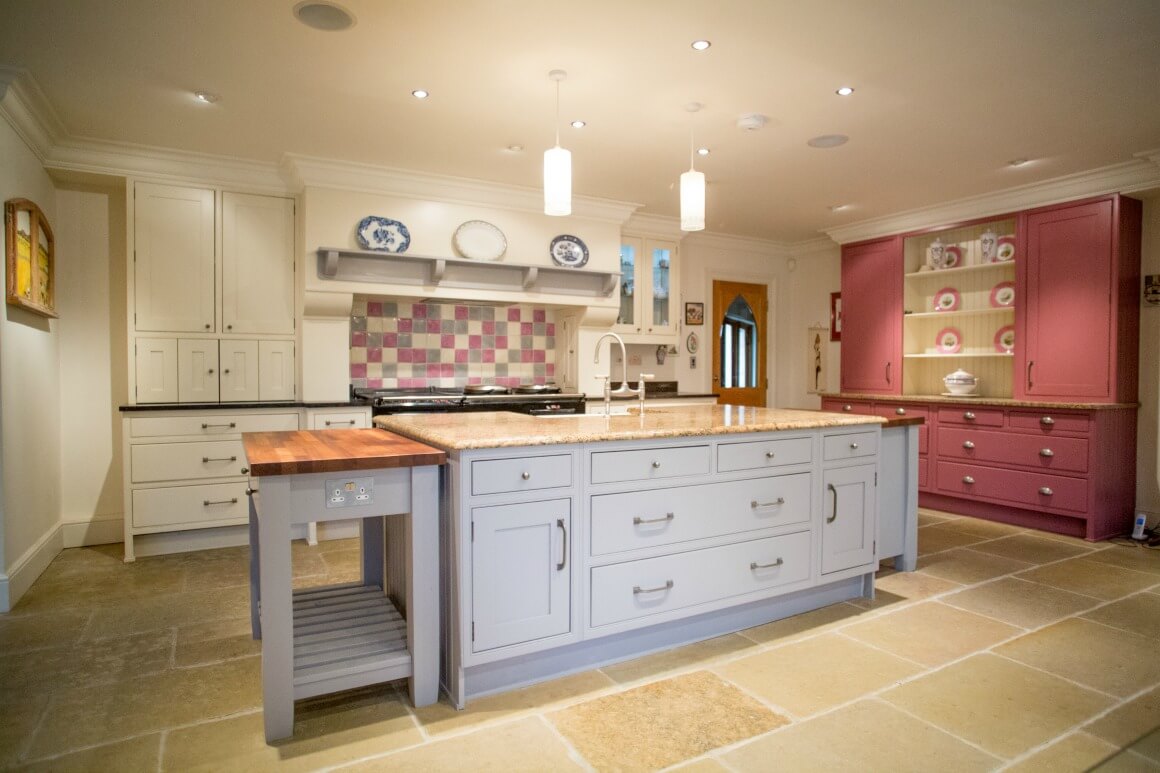It’s an age-old problem that most families face; the home is bursting at the seams, the kids are growing at an alarming rate, gathering more stuff by the day with nowhere to store it. This is usually solved by moving house or by adding an extension. The latter solution is often popular, partly because it is cheaper but also because it avoids all the stresses involved in selling a house, packing up the contents and physically moving it somewhere else. Aside from gaining the extra room, a well-designed and professionally-made extension can increase the value of your home by up to %25. And one of the best ways to do this is through a loft conversion.
However, it makes sense to check the costs involved to see if it’s the right path for you. The following guide looks at the cost of loft conversions in Essex to give you calculate how much you will need to invest.
Can my loft be converted?
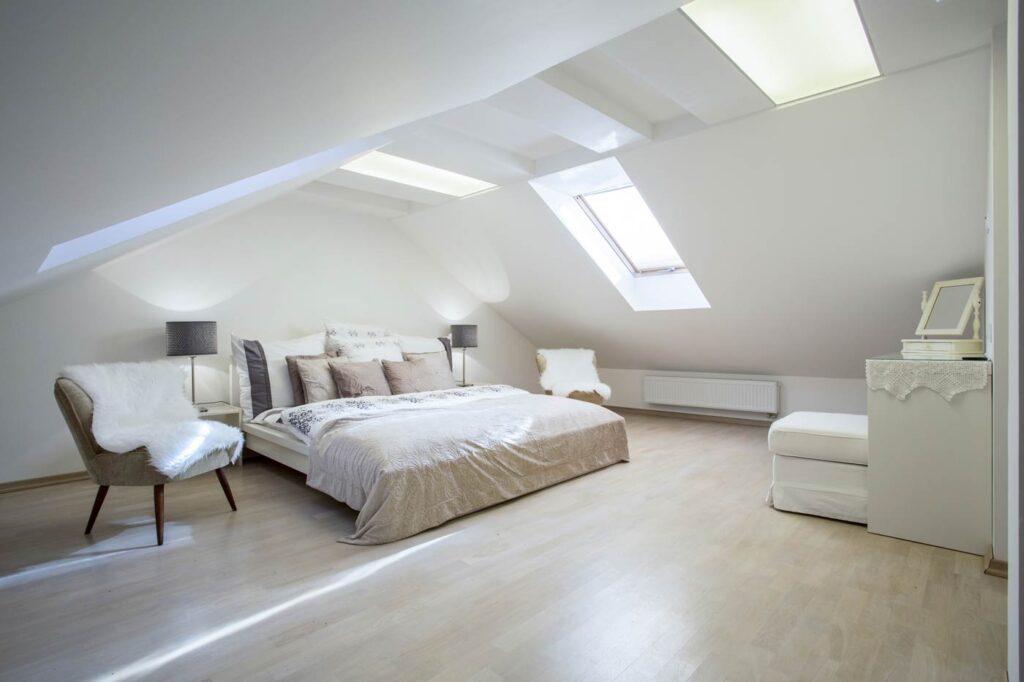
source: mybuilder.com
Lofts come in all shapes and sizes but generally speaking, most are suitable for conversion. Obviously, listed buildings and those in conservation areas may be restricted, but otherwise, you are free to go ahead. Having said this, you may need planning permission if your conversion includes an extension beyond certain dimensions.
Which conversion should I choose and how much will it cost?
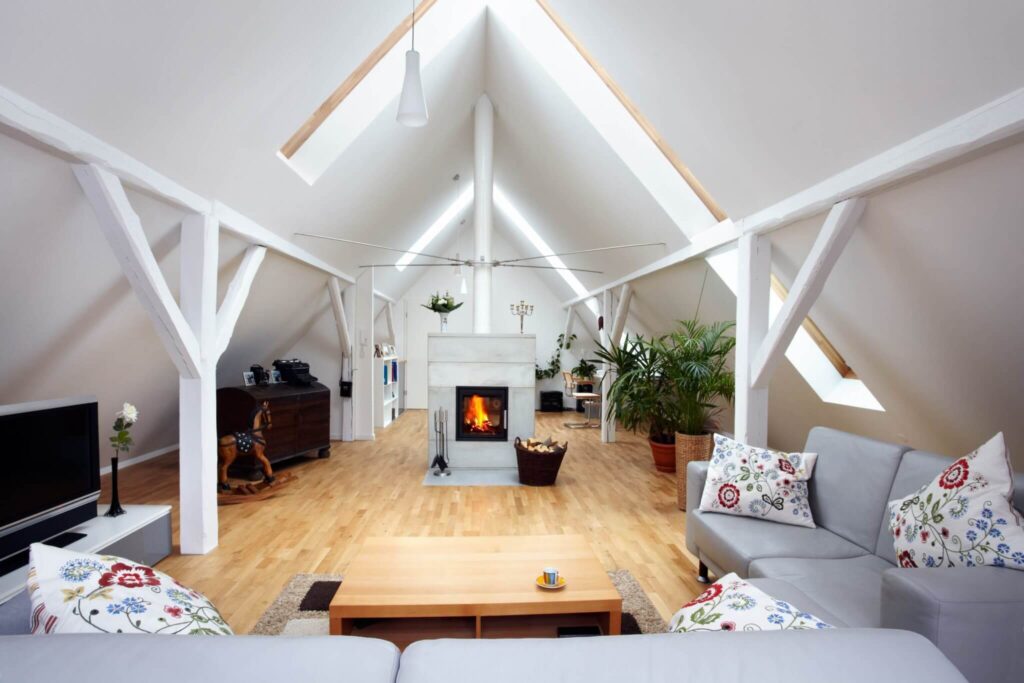
source: plandsg.com
Depending on the type and style of the house and its roof, four basic conversions are available to you:
Mansard – a popular choice in older properties in London, Essex and other Home Counties, this is probably the most expensive type. It involves replacing one side of the roof entirely with a steep, almost vertical pitch and connecting it to the other side using a flat roof section and extending external walls upwards. It is a major undertaking that will probably require planning permission but provides the most extra space. Cost – average of £35,000, up to £75,000.
Dormer – easily the most common conversion, this adds headroom by means of a flat-roofed extension with a window. It is more suited to smaller lofts and makes extra room for stairs to be installed as well as maximising floor space. The extra height makes it better for bathroom fittings to be added. Cost – depending on the number and size of standard dormers, £25,000 to £50,000.
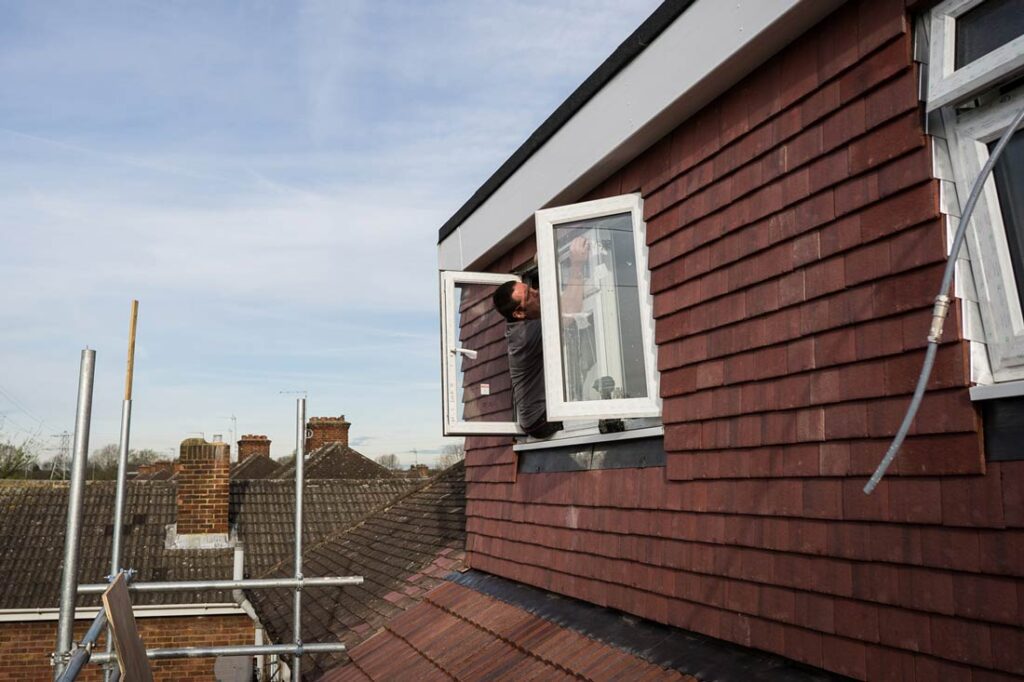
source: mybuilder.com
Velux – the most cost-effective option, with Velux windows fitted into the existing roof and no major alterations. This type is better for lofts that already have good headroom (or if you are in a conservation area). Usually, just one or two are fitted to allow light in. Cost – between £10,000 and £30,000.
Hip to Gable – better for detached or semis, this type replaces one side of the roof slope with a vertical wall that matches the height of the original roofline, making a gable-end that provides a surprising amount of space. For properties with two sloping sides, a double hip-to-gable conversion could be a perfect choice. Cost – between £30,000 and £60,000.

